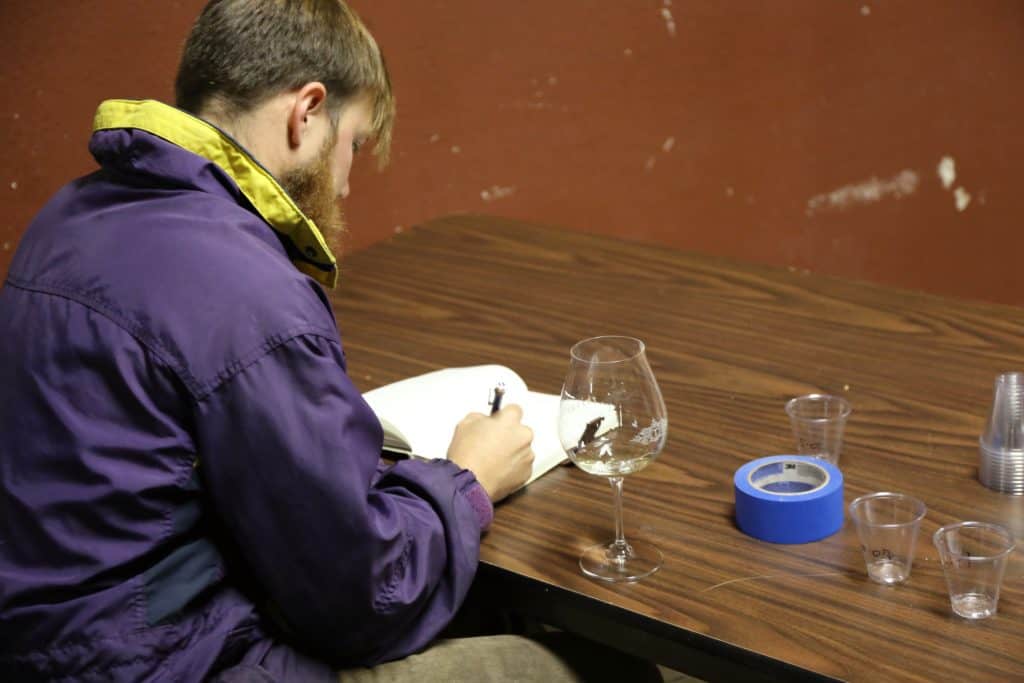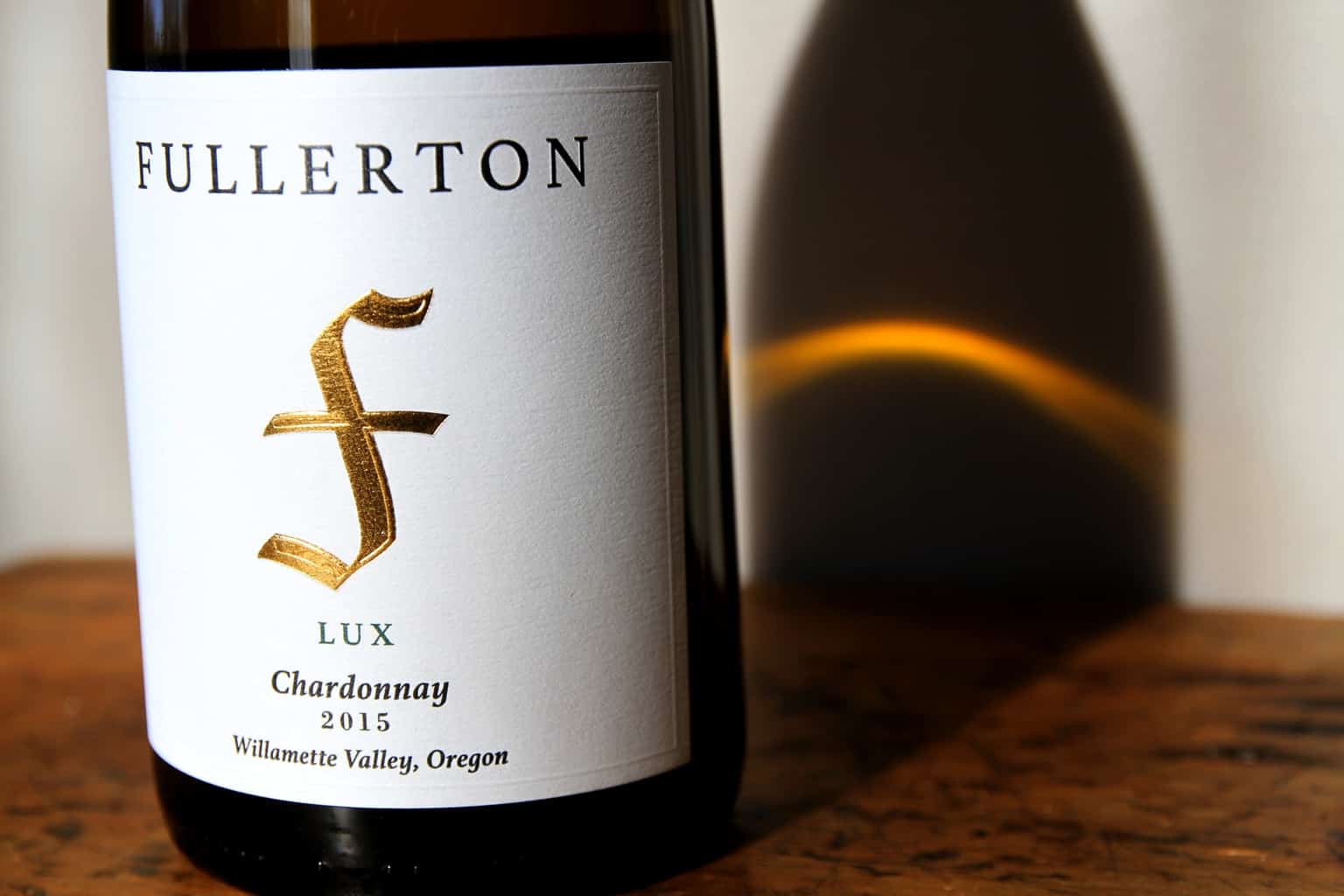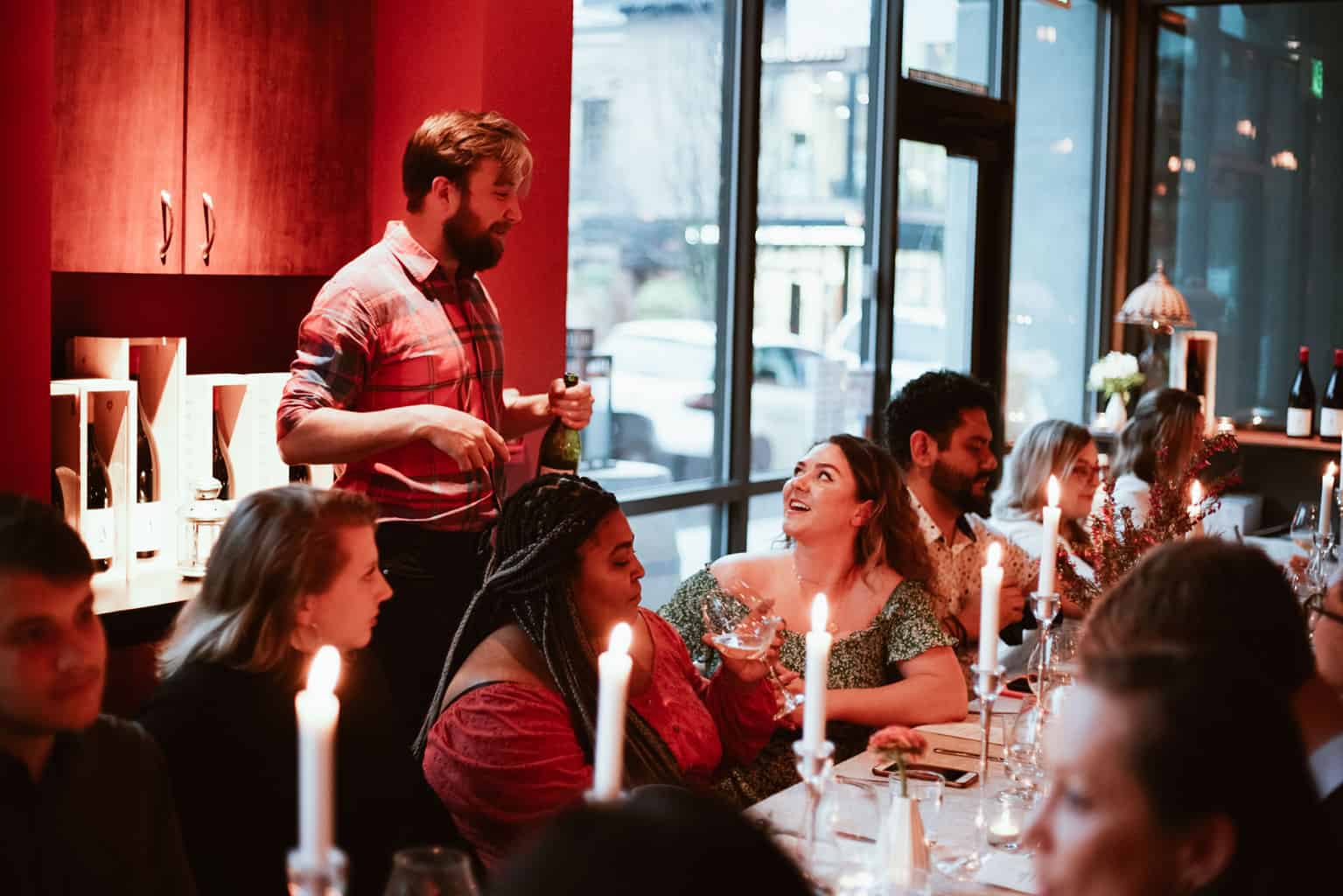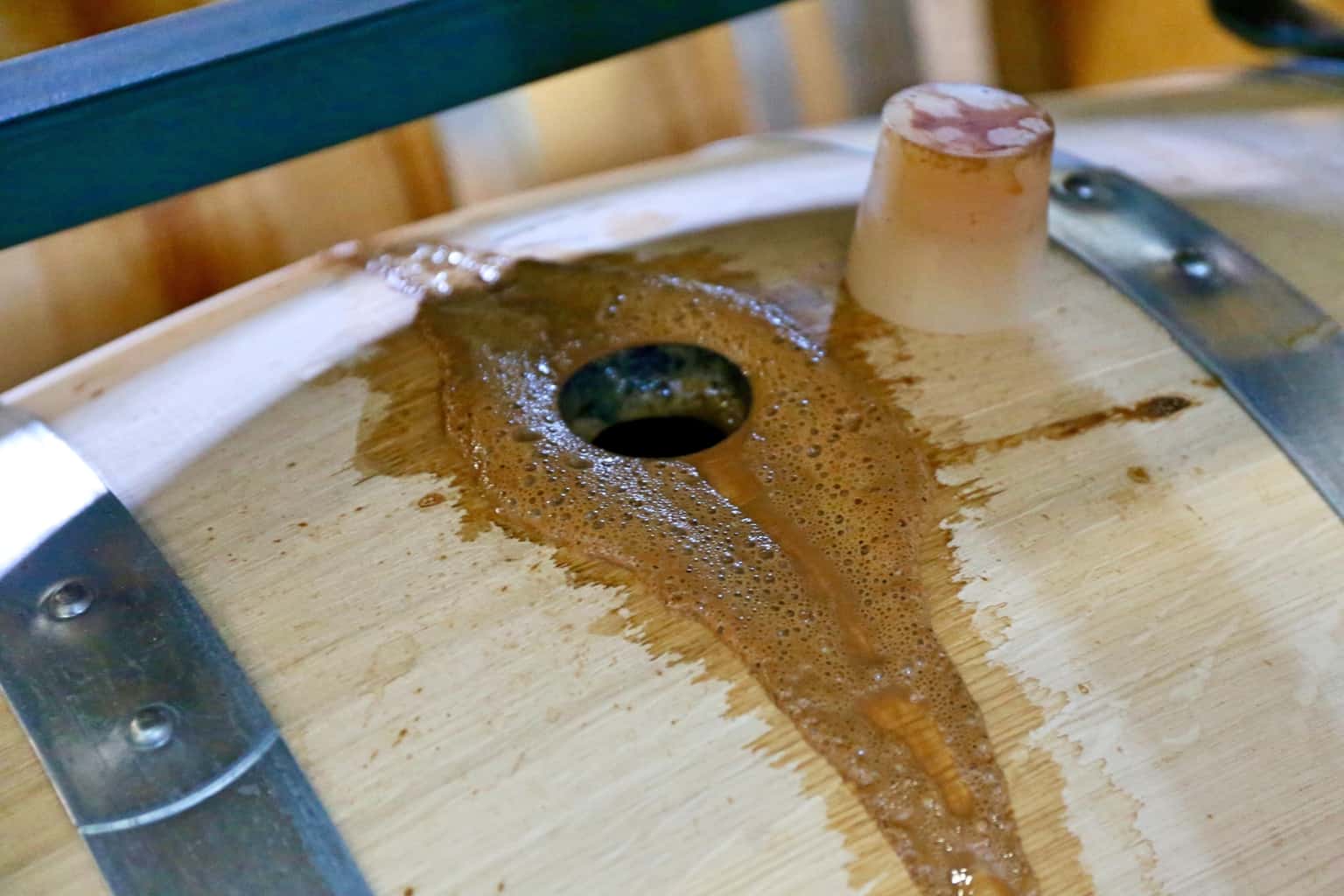The Art of Blending
Many describe winemaking as a melding of art and science. However, which parts of the process require an artistic touch versus scientific doesn’t often get articulated. Artful decisions are made when choosing to destem or use portions of whole clusters, when selecting cap management strategies for individual fermentations, and when selecting which barrels to use for which juice (new oak or neutral, Vosges or Jupilles forests, medium or medium + toast). Within the realm of artful decisions, however, the task of blending the final wines for bottling, when facing dozens and even hundreds of barrels and tanks, easily rises to the top as one of the most impactful.
Most every bottle of wine you enjoy was created after a winemaker or winemaking team sat down and tasted through hundreds of different blends of the wine you now enjoy. For instance, in order for Fullerton Wines to decide upon a final blend of Fir Crest Vineyard Pinot Noir, one of our Single Vineyard Designate bottlings, Alex and Eric Fullerton sit down and taste through dozens of blends from well over 10 barrels of finished Fir Crest Vineyard wine. One barrel will be from a specific French oak forest, and have been used once before (a second fill barrel). And the wine in that barrel might have come from one of two or three fermentations in which each fermentation received different treatment. One fermentation may have been 100% destemmed and only had gentle pump overs to extract flavor, tannin, and color from the skins. A second fermentation may have had 60% whole cluster inclusion, and a more aggressive extraction protocol with foot stomping (pigéage, in French) and punch downs with a plunger tool. You quickly see that Alex and Eric have a wide variety of Pinot Noir styles available in each of the 12+ barrels, even though it all hails from the same vineyard site.
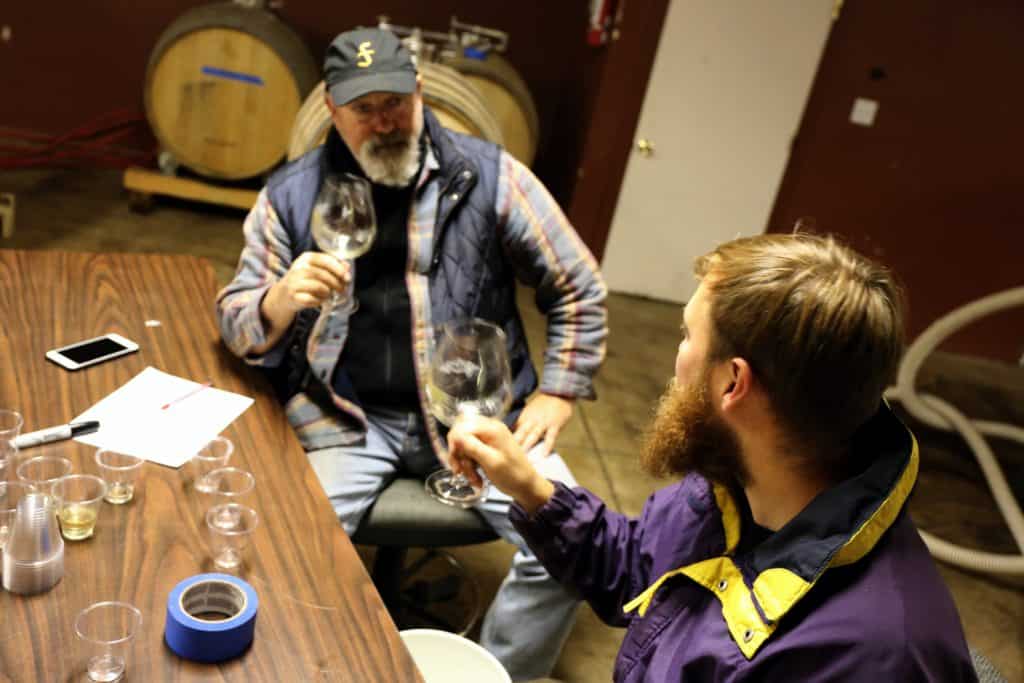
So which barrels taste best together? This is usually a deductive, artful process done by blind tasting, which helps ensure bias doesn’t creep into the picture. Yes, winemakers may have bias—for a specific type of barrel, fermentation strategy, or vineyard. Blind tasting helps them view the wine more objectively. The blending begins using pipettes to measure volumes from each barrel or tank. The winemaker may try barrels 1-6 first, and then drop barrel 6 and add barrel 7 instead. Next, perhaps try more new French oak and compare it to less new French oak. How about a higher percentage of whole cluster? At Fullerton Wines, winemaker Alex Fullerton and Associate Winemaker Eric Fullerton sit down for this process together. And Alex states, “We very often agree when tasting blind, which is a relief and confirms our decisions.” When you multiply this process over fourteen different bottlings each vintage, seven of which blend multiple vineyard sites, the time, focus, and artful touch required becomes evident. The result of the process folds into the mix of vineyard management choices and winemaking decisions to create a distinct house-style for each producer.
Next time you open a bottle of wine crafted by an independent producer, you can sip knowing you’re tasting the result of great care and attention to detail, and the artful use of taste buds.
